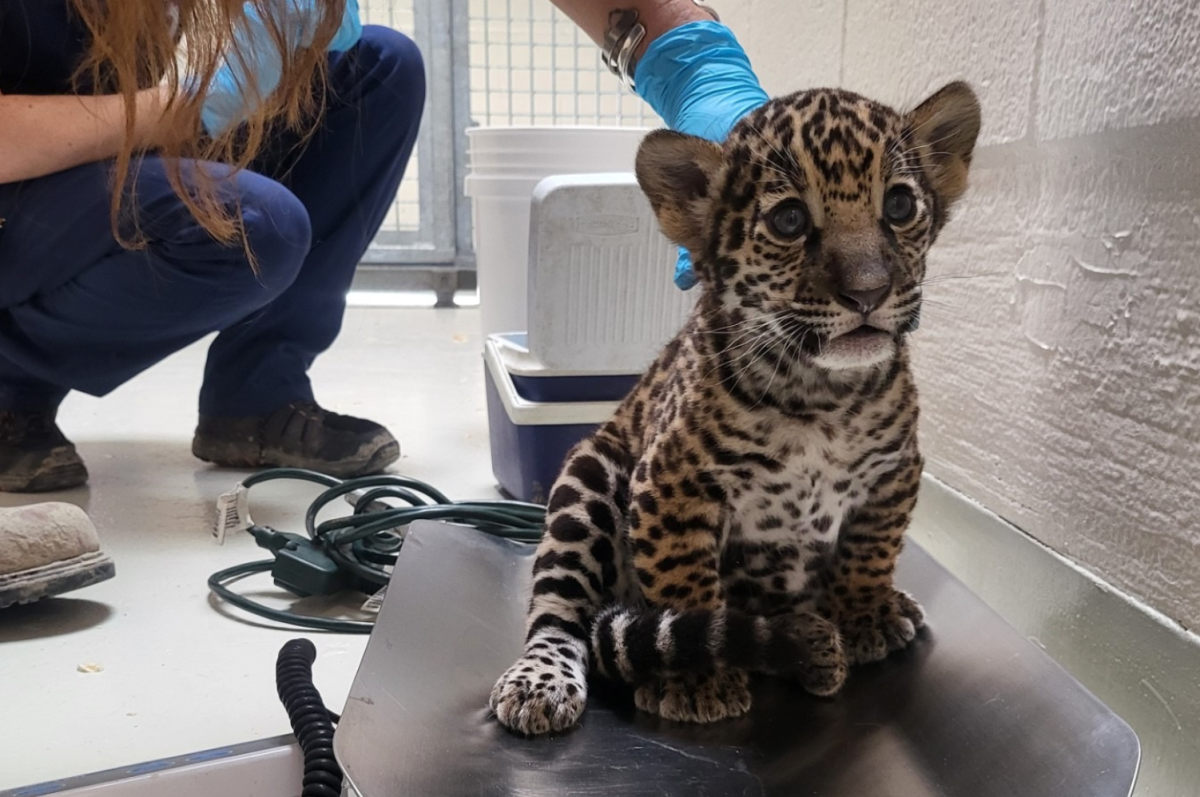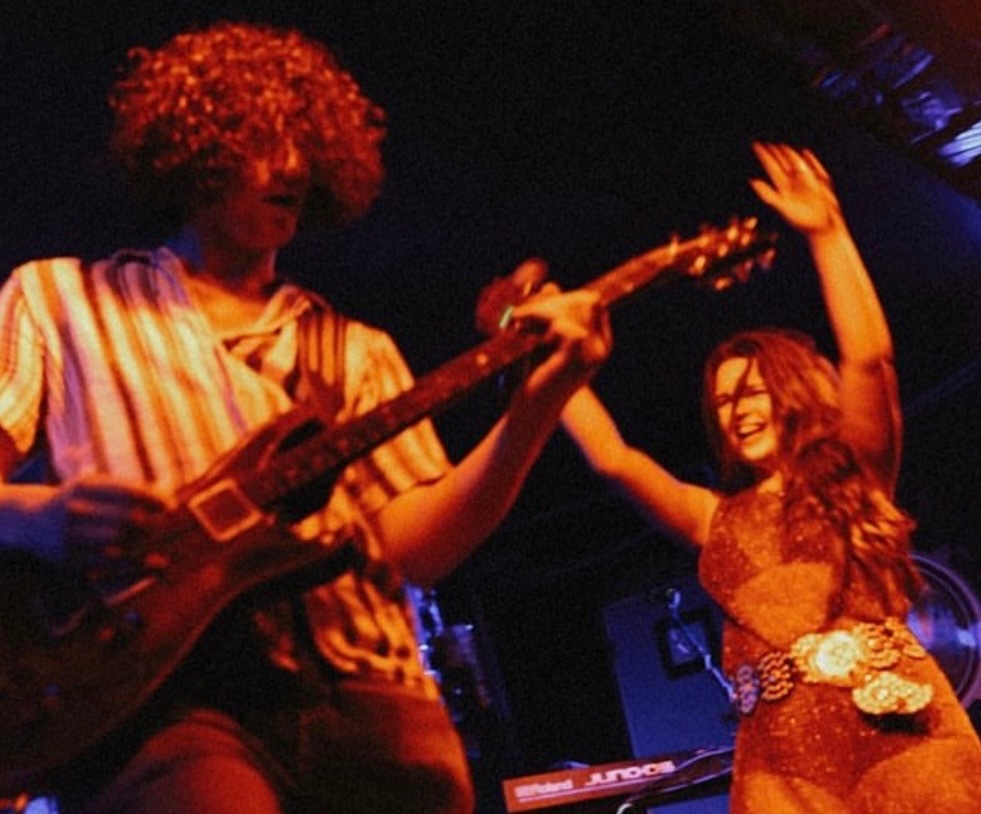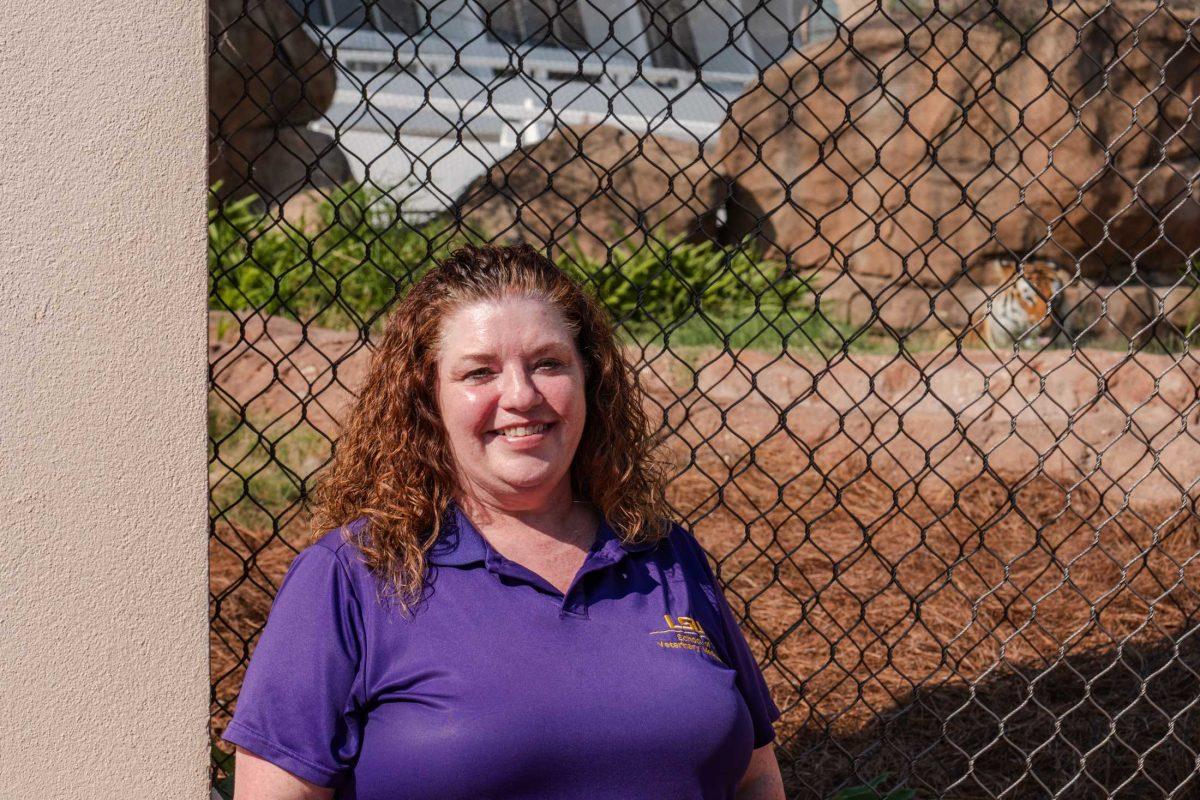BREC’s Baton Rouge Zoo will introduce its newest and most adorable member to the public this spring.
The jaguar cub, officially named Lacumba III after Southern University’s mascot, was born in December 2024. Her birth was the zoo’s first since the ‘90s, and she is the first in the Jaguar Species Survival Plan (SSP) since April 2023.
The cub is only one of six jaguar cubs to survive in the United States in the past five years. Lacumba and her mom, Jenny, are currently off exhibit until the cub’s official debut to the public. The father is available for the public to see.
Lacumba’s name was settled after the community contest “Name That Jag,” the original names featured being Seti, Taiyari and Soona. After multiple write-ins requesting that her name be Lacumba, the zoo went with it to honor the cub’s history and significance.
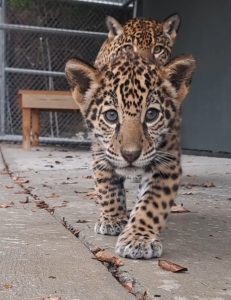
“Being up in North Baton Rouge and so close to Southern University, we have to give the people what they want,” the zoo’s Senior Communications Manager Brittany Tully said.
SSP is a conservation program led by the Association of Zoos and Aquariums (AZA). The goal is to manage and protect populations of different animals worldwide, as it focuses on genetic diversity, animal welfare and education, Tully explained. The long term goal is to give very endangered species a long term survival. Lacumba, being a female, enhances the genetic pool of the AZA accredited jaguar population, which helps with that long term goal.
“When people think about the zoo, they think we just have animals,” Tully said. “There’s so much more behind it as far as conservation.”
Zoo Director Jim Fleshman explained how jaguars are highly endangered due to human encroachment and hunting pressures. The SPPs they are involved with are managed by zoo professionals who are also subject matter experts in managing specific species.
Breeding recommendations are then made after reviewing the genetic diversity and inbreeding coefficients of animals such as jaguars. From there, they are able to find the most suitable match. Members of the AZA will then ship animals to the best location, such as the Baton Rouge Zoo, for them to reproduce.
Fleshman said Lacumba’s parents are not well represented in the jaguar population, which makes her birth valuable from a genetic perspective. He hopes the time she is spending now with her mother will increase her skill set to be a successful mother.
“The Baton Rouge Zoo has worked with Jaguar Saving Animals From Extinction (SAFE) to protect these magnificent animals in their natural world,” Fleshman said.
The Baton Rouge Zoo first opened to the public in 1970. Since then, it has gone through major reconstruction and reinvention to better the experience, for both the guests and animals on exhibit. With its new entrance, now at Greenwood Park, and a new area for giraffes and pygmy hippos, the zoo has enhanced its facilities, Tully said.
More renovations and animals will come with phases two and three, which are still in the works. Tully said that what makes BREC’s Baton Rouge Zoo a staple in Baton Rouge is its affordable ticket prices, maxing out at $10 for adults.
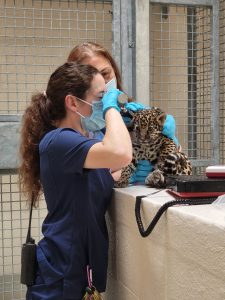
“When you think about it, you can bring the whole family out, and it’s affordable, and it’s right here in our backyard,” Tully said.
Lacumba’s existence has importance beyond just conservation, her name holding a deep history and honoring a legacy. The first Lacumba debuted on Southern University’s campus in 1971, being the first HBCU to have a live exotic animal on campus. Her successor, Lacumba II, was on campus until 2004. According to Southern University’s website, the name means “Heart of Africa.”
“The name Lacumba III honors the historical legacy, while celebrating a new chapter of wildlife preservation,” Tully said.
Lacumba III will only be available at the zoo and not on Southern’s campus. To stay updated on Lacumba and her story, or to get more information on the Baton Rouge Zoo and their conservation efforts, check out their website at https://brzoo.org.



